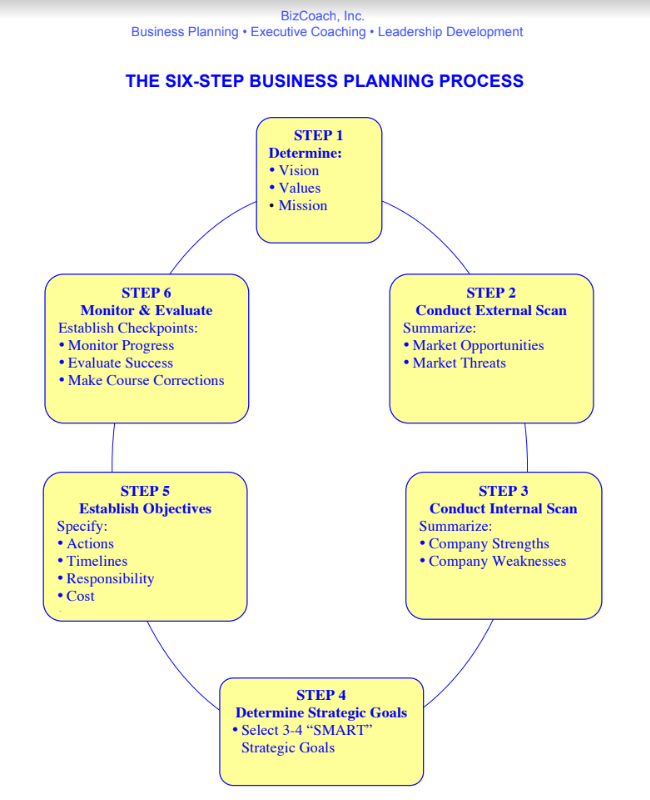Everyone Needs a Plan
An ancient Chinese proverb states, “if you don’t change direction, you’re likely to arrive at where you are headed.” The wisdom of this proverb became crystal clear to me one day when I was flying my airplane and the engine quit. Just like the Chinese proverb, unless I changed direction, I was headed for some trees and a house. So, what did I do to handle this emergency? I followed my plan for handling an engine failure. Fortunately, I had a well-memorized and often practiced emergency procedure to utilize just in case something like this ever happened. Since I had been practicing instrument approaches just before the engine failed, I was only 1,500 feet above the ground, which gave me approximately three minutes to solve this problem. I did a quick check to see if there was some simple way to restart the engine (fuel, electrical system, etc.). I realized that I needed to find a place to land. By using my preplanned criteria for an “off airport landing,” I picked a farmer’s hayfield. I turned into the wind, set up for a rough field landing, and landed the airplane safely. I firmly believe I am here today because I had planned and practiced those strategies in case of an emergency.
When I work with businesses on strategic planning, I often tell this story and ask them if they have emergency plans in case their companies face hard times. Additionally, do they have plans for taking advantage of future opportunities?
Wayne Gretzky, the great hockey player, was once asked how he was able to score so many goals. He responded, “I skate to where I think the puck will be.”
To me, these two quotes represent the essence of good strategic planning. First, if you don’t change direction you will end up where you are headed, and second, you need to anticipate where you want to be in the future and position yourself to achieve that goal.


To help facilitate development of a strategic plan, I’ve developed a six-step process that has been used successfully by hundreds of businesses and public organizations throughout Oregon, Washington, and California. This plan guides businesses and organizations through the strategic planning process. The six steps include:
To develop an effective strategic plan, it’s important to clearly state why the company exists and identify the core values that guide the company. A vision is like a compass that helps guide the organization to a distant destination. Values are the foundation upon which the organization is built. The mission tells how you are going to do business to achieve the vision.
The external scan is the process of looking outside your own company (and often outside your own industry) to gather information about new opportunities or potential threats that could affect the business in the future. The external scan helps you determine where you want to be in the future.
The internal scan is like a “medical checkup” to determine the health of the company. During the internal scan, an internal assessment is conducted to determine the strengths and weaknesses of the business.
Strategic goals are the specific, meaningful, and measurable strategies used to make fundamental improvements to the company. Strategic goals are developed by using the information gathered during the external scan, the internal scan, and by careful consideration of the company’s vision and values.cipit.
Tactics are the specific actions, timelines, responsibilities, and details that need to be implemented in order to achieve the strategic goals. For each strategic goal it is important to specify the how, when, who, how much, and assessment points as part of the tactics.
The final step in the six-step process may be the most important step of all. You must monitor your progress so you can determine whether you are on track or need to make “course corrections” to reach your goals. The Apollo 11 astronauts were “on-course” only rarely on their way to the moon – yet they got to the moon and returned safely to earth. How did they do it? By making constant course corrections.
Whether you are flying an airplane, playing in a hockey game, or running a successful business, it is critical to have a well-defined strategic plan. You need to know how you are going to reach your destination, win the game, or improve your company’s bottom line. I’ve found the six-step strategic planning process to be a valuable tool to guide businesses through the process of developing their strategic plan. Ultimately, it can make the difference between a smooth landing or a catastrophic failure.